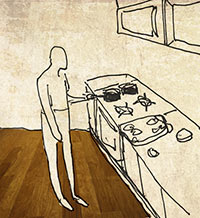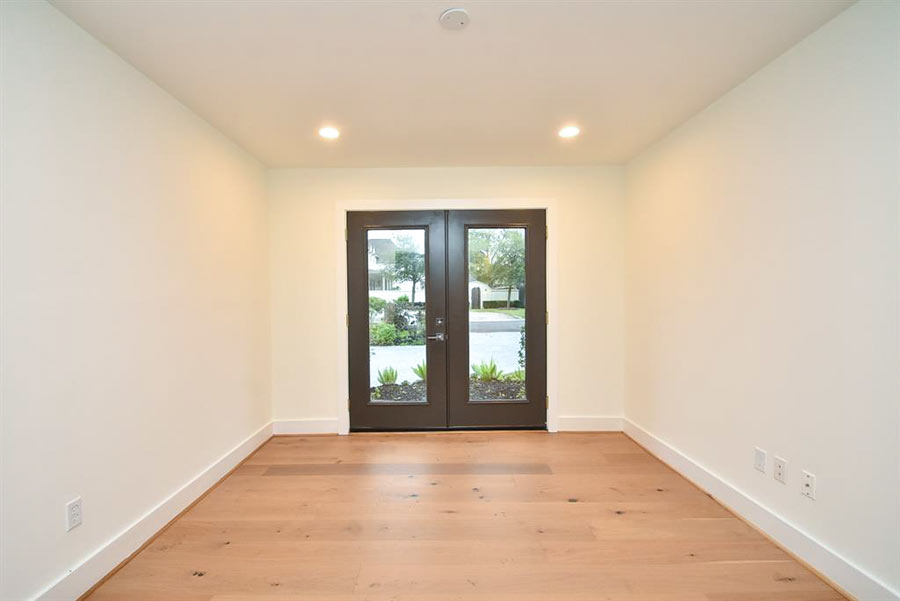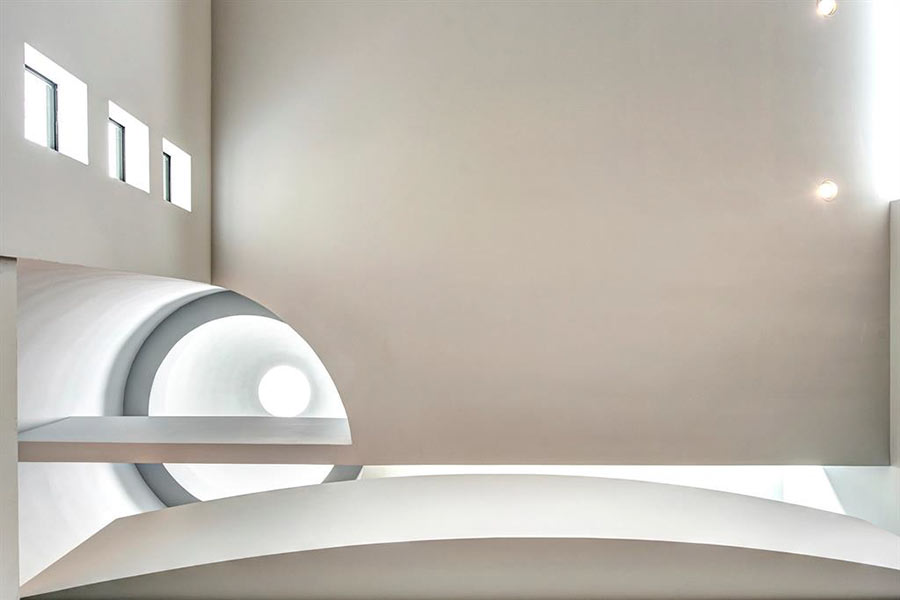COMMENT OF THE DAY: HARD CHOICES FOR THE KITCHEN  “For people who really use their kitchens, are hardwood floors really practical? I couldn’t wait to remodel our kitchen and replace the wood with tile.” [matx, commenting on The $285,000 Differences Between 2 Kinda Identical Inner Loop Houses] Illustration: Lulu
“For people who really use their kitchens, are hardwood floors really practical? I couldn’t wait to remodel our kitchen and replace the wood with tile.” [matx, commenting on The $285,000 Differences Between 2 Kinda Identical Inner Loop Houses] Illustration: Lulu





I preffer wood floor in the kitchen, it’s actually more comfortable to stand on for extended periods of time. As long as you don’t make a habit of dropping pots and pans on the floor (to ding it), it can be wiped and cleaned just as easily as tile. Plus as a general rule I preffer engineered wood floors to “natural” wood because it’s a lot more durable over time and the new ones are made to look just like any fancy floor you want. (thin veneer of real wood over engineered core, not that printed pattern crap)
@matx, my wife and I spend a lot of time in our kitchen (we rarely eat out) and absolutely loved our distressed hardwood floors. What problems do you have with hardwood? It’s warmer and software than tile and is easy to clean as well.
I find the wood floors have more give to them and sometimes things that drop on the floor don’t break on the wood where they obviously would have broken on tile floors. Mine are well sealed with a commercial finish and are easy to maintain.
I HATE having hard-wood floors in my kitchen. It was pure joy when a dishwasher gasket came loose. Only thing worse would be having them in the bathroom. But they are ubiquitous–even my parents’ new house across the country has them. But how do you get rid of them in an open floor plan world? Unless we start tiling everything?
Things that you drop are much less likely to break when you drop them on wooden floors. Not that it’s ever happened to me.
We have it in our home, and I have it in several old apartments. If it’s good solid wood, it’ll be fine (so long as you don’t have water just sitting for a long time.
I’m frankly shocked our resident holier-and-richer-than-thou snob, commonsense, is endorsing engineered wood floors. Nothing wrong with them per se, but they’re cheaper than solid wood for a reason. The two main drawbacks are that most of them can’t be refinished – the veneer layer is too thin to survive a sanding vigorous enough to remove the previous finish. You can find products with a thicker veneer layer to allow refinishing, but you’ll need to look specifically for this, simply spending more won’t assure you get this. The second issue, and the more germane one to the discussion of wood floors in kitchens, is that they are made with various fiberboards in the lower layers. Not without good reason – it’s cheap and gives the overall floor outstanding dimensional stability – but water is fiberboard’s Achilles heel. Engineered wood floors absolutely will not tolerate anything more than the most trivial water exposure. They’re worse even than natural wood, which is also usually not specified for kitchens & baths for this reason. Any water on an engineered wood floor that isn’t wiped up immediately is likely to swell the fiberboard and ruin the floor, because – see #1 – most can’t be refinished.
@Beth, why do you hate wood? It’d be nice if you’d give a reason rather than just ranting.
Wood floors have more give, but they also dent easily and are a pain to keep clean. I have wood flooring in my kitchen and it looks terrible after 5 years of use. I would only install wood in a kitchen again if it’s durable engineered wood or if it’s purposely distressed to help mask future damage.
The wood floor in our kitchen has not held up too well because of water issues. I much prefer tile!
@passiveagressivebike, when people think natural wood, they almost always reffer to the 3″ white oak planks which are installed in 90% of homes “with real wood” and that is actually the cheapest wood floor you can possibly get, it runs less than $3 per sq. ft. Even though it’s Oak, it’s actually very soft and dings easily due to high heels, furniture, and items dropped. Today’s quality “engineered” woods can run well over $10 per square foot and are not a financial choice but a practical one, in real life they are more durable than full wood floors and will last many decades WITHOUT the need to refinish them. Water is an issue for any wood based products, even baseboards will swell and pop off, but the lower layers in quality engineered wood are multi layered synthetics which are more resistant to full wood planks which will swell and crack.
Commonsense: this describes the flooring that was installed in our kitchen. Installed prefinished, could not stand up to anything. It must have been less than 2 years old, installed *after* the previous owners had put in a diswasher (low end and loud) and new laminate countertop, so when it broke there was no way to remove it without taking out the floor or countertop. It forced us to make a decision sooner rather than later about the kitchen.
Had it- will never have wood in a kitchen again. We had teenagers at the time and they would drop a single ice cube in their forays to the dispenser, not noticing it. It would melt, puddle and sit- voila, water mark. Dropped cherry cobbler… vitamix hot soup explosions…leaking dishwashers… sun tanning lines on the floors from throw rugs. It was very pretty when new and that lasted about a week.
We have wood in the kitchen of our bungalow, cook constantly, and love it. Obviously it depends on the quality of the wood and the quality of the finish. Ours stand up to spills as well as tile would, though we did reseal them when we moved in two years ago and should probably do so again soon. Based on my experience, those saying they get a water mark from an ice cube are suffering from crappy wood, crappy seal, or both.
If you really use your kitchen every day, tile is uncomfortable to stand on. Also, drop a glass or a plate on tile and it is sure to break. I have an enormous kitchen with relatively new tile, and I can’t wait until I can afford to remodel that room and rip out all that tile. I will probably replace it with cork tiles: almost impervious to water damage, flexible, warm to stand upon. Most of the house has original hardwoods and I wouldn’t be able to match them easily, even if I wanted to.